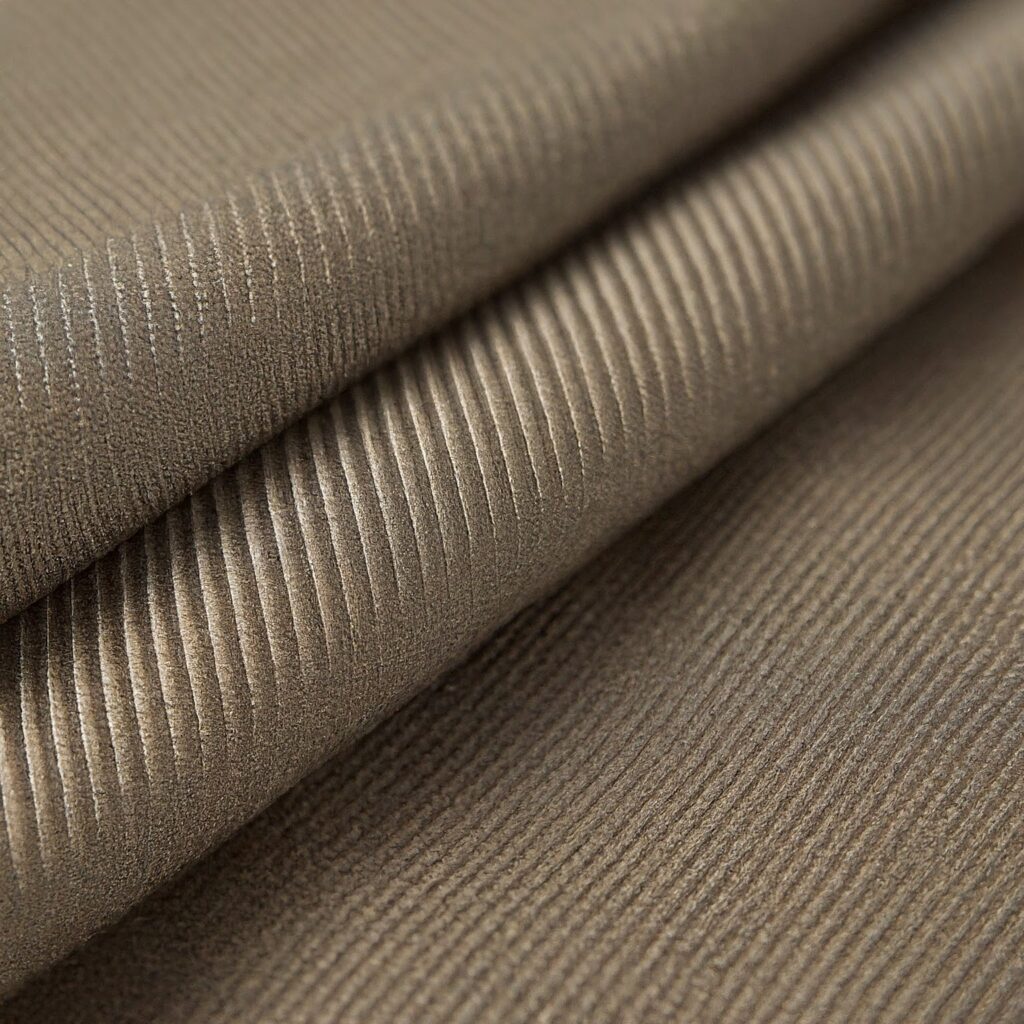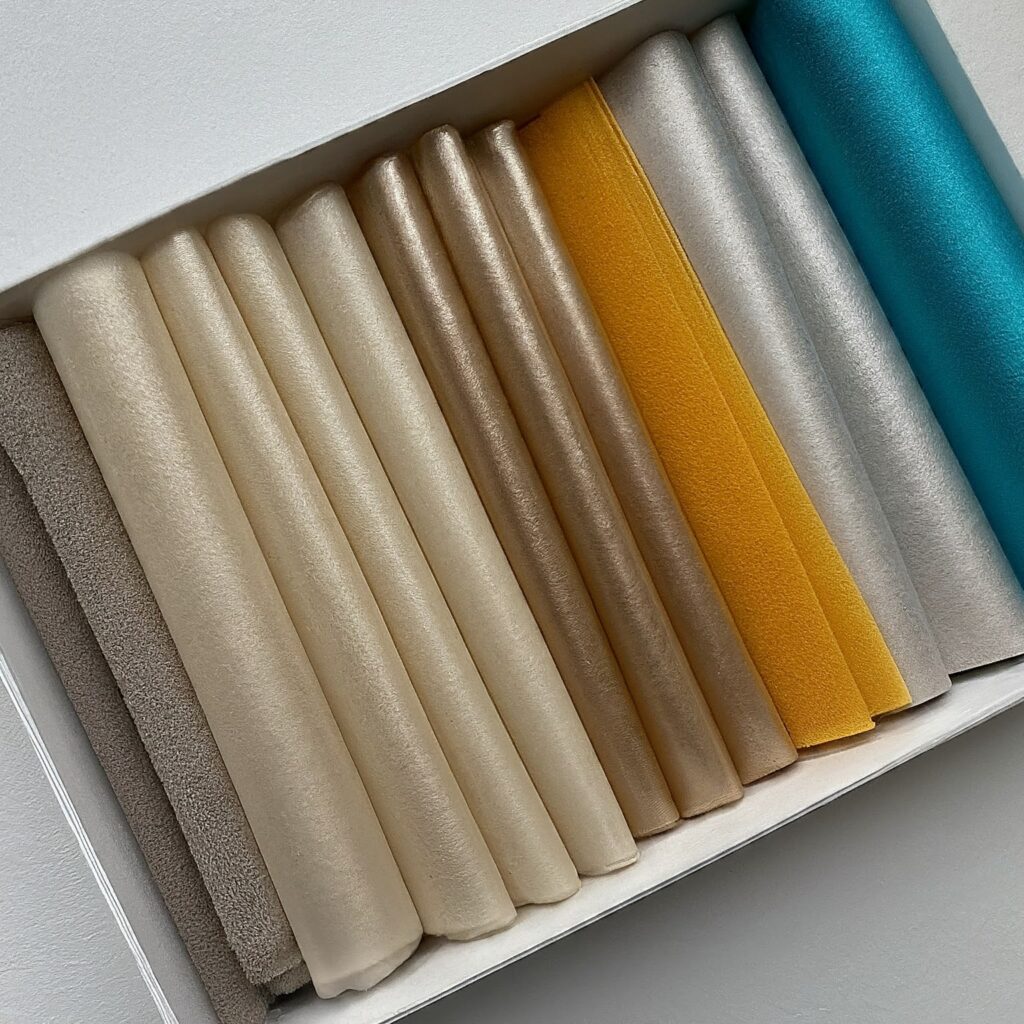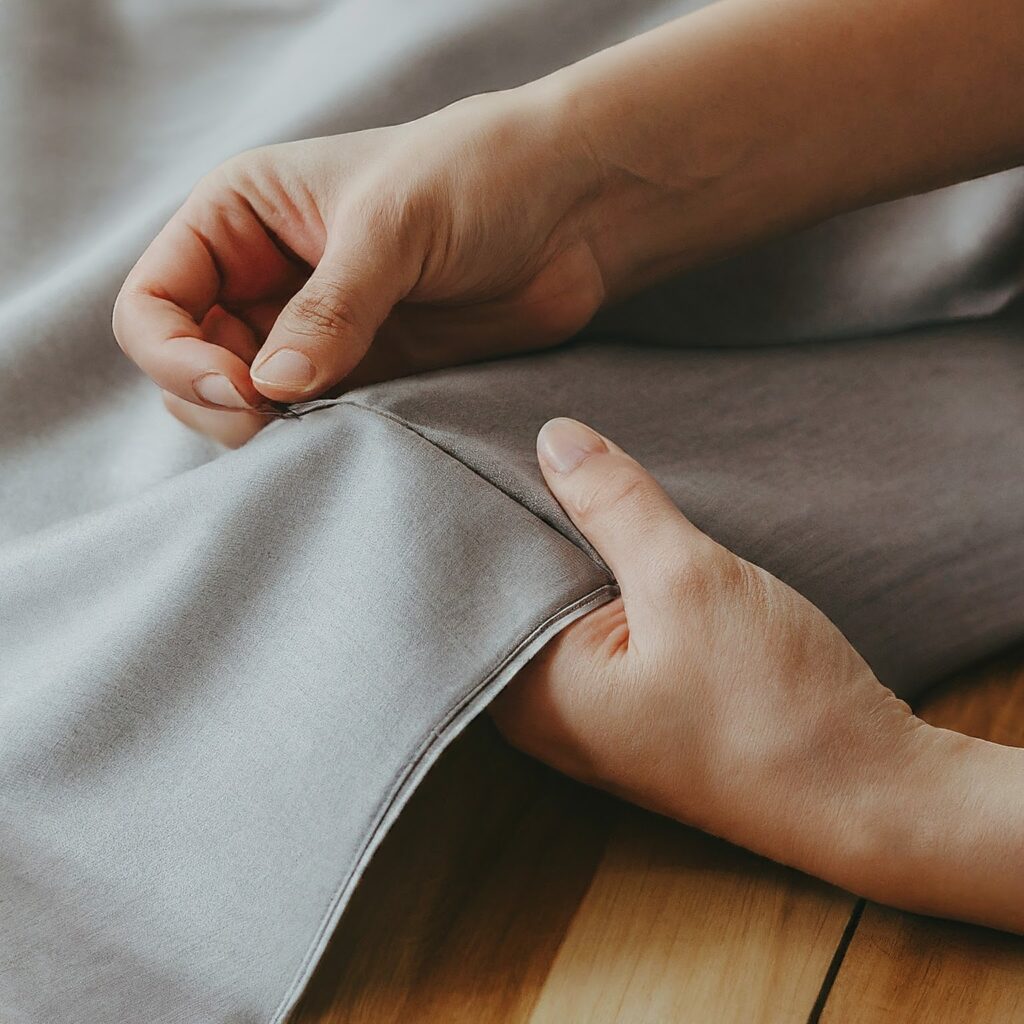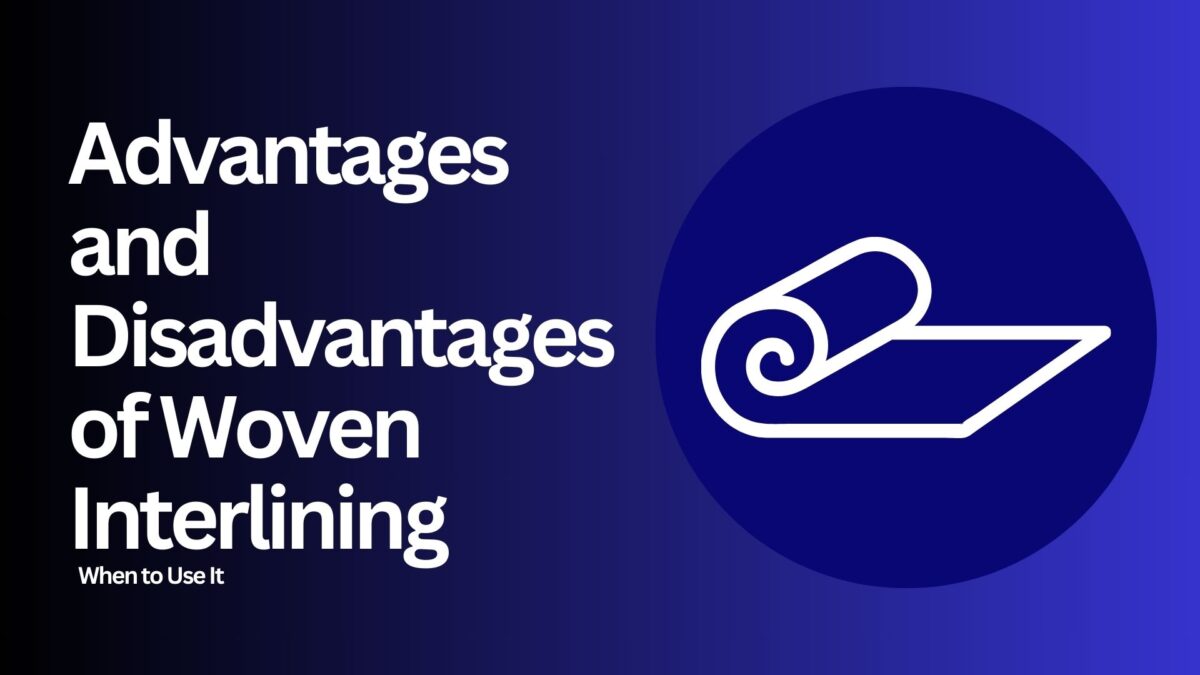Advantages and Disadvantages of Woven Interlining: When to Use It
Choosing the right interfacing can significantly impact the outcome of your sewing project. Woven interlining, with its strong structure and durability, is a popular choice for many sewers. But is it the perfect fit for every garment?
By understanding the advantages and disadvantages of woven interlining, you’ll be equipped to make informed decisions about when and how to use it in your sewing endeavors.
Table of Content
- What is Woven Interlining?
- Advantages of Woven Interlining
- Disadvantages of Woven Interlining
- When to Use Woven Interlining
- How to Apply Woven Interlining
- Conclusion
What is Woven Interlining?
Woven interlining, often referred to as woven interlining fabric, is a supportive material created by interlacing threads. It’s a type of interlining used to enhance the structure and shape of garments. Unlike woven interlining or non-woven fusible interlining, woven interlining provides a stronger and more defined support system.

Advantages of Woven Interlining
- Superior structure: Woven interlining excels at providing a crisp, defined shape to your garments. It’s the ideal choice for creating structured pieces like jackets, coats, and blazers.
- Durability: Known for its strength and longevity, woven interlining is perfect for garments that will receive regular wear and tear.
- Versatility: Available in a range of weights and textures, you can find the perfect woven interlining for any project.
- Shape retention: This type of interlining helps your garments maintain their original shape over time.
Disadvantages of Woven Interlining
While woven interlining offers numerous benefits, it also has some drawbacks to consider.
- Potential bulkiness: Depending on the weight and thickness of the woven interlining, it can add bulk to your garment, especially when working with delicate fabrics.
- Challenging to work with: Compared to the ease of use of fusible interlining, woven interlining requires more precision and care during the application process.
- Time-consuming application: Since woven interlining is typically sewn in, it adds extra time to your sewing project.
- Less forgiving: Mistakes made when applying woven interlining can be more difficult to correct than with non-woven interlining.

When to Use Woven Interlining
Woven interlining is the preferred choice for projects that demand:
- Strong structure: Jackets, coats, blazers, and other structured garments benefit greatly from the support provided by woven interlining.
- Shape retention: Garments that require a consistent shape over time, such as uniforms or formalwear, should use woven interlining.
- Durability: Items subjected to frequent use and potential wear and tear, like outerwear, can benefit from the strength of woven interlining.
How to Apply Woven Interlining
Applying woven interlining is a straightforward process:
- Cut the interlining to the desired shape: Ensure it’s slightly smaller than your fabric piece to avoid bulkiness.
- Pin the interlining to the wrong side of your fabric: Use plenty of pins for secure placement.
- Stitch the interlining to the fabric: A straight stitch or zigzag stitch can be used depending on your preference.
- Press the seams: This final step helps to set the stitches and create a clean finish.

Conclusion
Deciding between non-woven interlining and woven interlining can be tricky. Woven interlining is strong and helps clothes keep their shape, so it’s good for jackets and coats. But it can be thick and hard to work with. Non-woven interlining is softer and easier to use, but it’s not as strong.
By understanding the advantages and disadvantages of woven interlining, you can make informed decisions about when and how to use it in your sewing projects. The best choice depends on what you’re making.
Happy sewing!
Link of related Articles
- Non-Woven vs Woven Interfacing: Which is Best for Your Project?
- Woven vs. Non-Woven Interlining: The Ultimate Guide for Sewists
- Choosing the Right Woven Interlining: Key Factors to Consider

